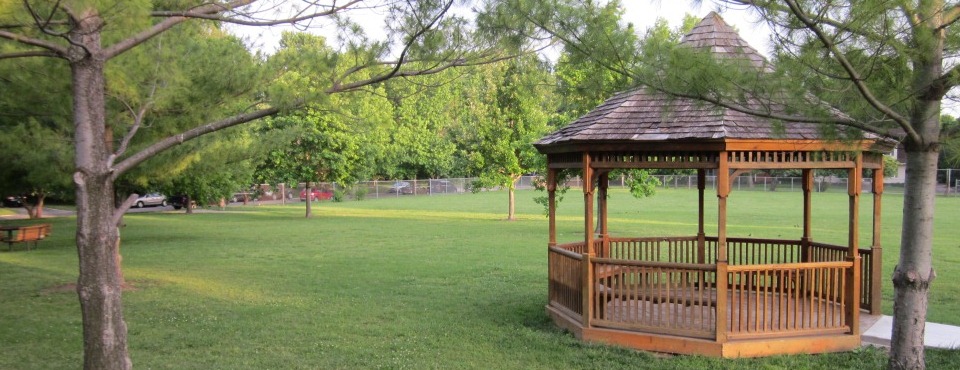On Saturday, February 17, 2007, College Avenue from Huntoon to 17th Street became an official Historic District, encompassing houses on both sides of the street in addition to the early trolley route. In honor of this event, I thought I would dedicate this column to the history of the trolley and some founding families.
In September, 1880, Topeka incorporated its first city railway company. By the fall semester of 1884, a horse-drawn trolley brought students and faculty to the front door of Washburn College. The trolley originated at the AT&SF RR Depot on 6th Street. The first car left at 6:20 a.m. and ran every 20 minutes until 9:20 p.m. The route can be traced on early maps running west along 6th to Kansas Avenue, then south to 10th and continued west. At the corner of 10th & Topeka Blvd, it went south to Huntoon and again went west (which is the opposite direction of its current one-way traffic flow). A bridge was built across a draw where the trolley turned on College Avenue.
By 1889, the Rapid Transit, “The Electric,” system was taking over many of the horse-drawn routes. Transportation to Washburn College was via a new line going east-west on Euclid (17th Street) but stopped short at Washburn Avenue because during inclement weather, the electric car couldn’t make it up the incline. Horses had the advantage during ice, snow and electrical storms but because the old trolleys weren’t lighted or heated, they were eventually replaced. An extended boardwalk was built from Washburn to College Avenue. However, in 1892, an electric line was built to replace the original route down College Avenue and continued to operate until around 1935.
With ready access to “hop on” and go to all parts of the city, homes spread east and west from College Avenue which became the heart of the College Hill residential district. Professor Craigen’s house was one of the first built. Located where Varsity Blue’s parking lot is now, the house became the first post office in College Hill in 1898. Likewise, the homes of J.T. Lovewell, E. B. Merriam and Thomas Lyon have fallen by the wayside. All were built in the 1880’s on the west side of the 1600 block. The Whittemore house at 1615 College, however, still stands. It was built in 1886. Judge Adam’s house was built at 1500 College in 1882 and his land took up half of the 1500 block along College. He moved the home to 1501 Mulvane in 1884 and enlarged it, but it burned. He then re-built on that site in 1890. The home at 1531 College was built for Judge Silver in the 1880’s. Margaret Hill McCarter’s old house at 1534 College also dates from that time period, as does 1419 College and 1401 College.
There are other vintage homes along College Avenue, but those mentioned are of the earliest. Many homes on College have been lovingly maintained, and there are others worthy of restoration. With the Historic District designation, homeowners may have access to preservation dollars that they did not have access to before. Hopefully this will be incentive to be good stewards of the historical homes residents now occupy.
Source: 1962 Shawnee County Bulletin #38; 1969 Shawnee County Bulletin #46
